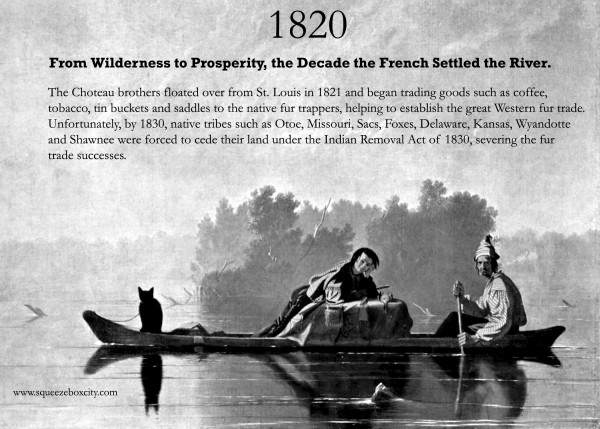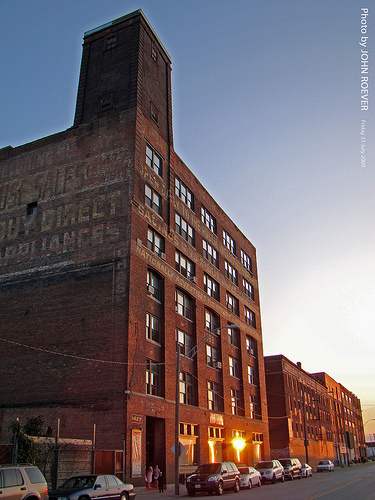Hobbs Building

French fur trappers originally settled the French Bottoms as a trading post with the native Kansa tribe. The West Bottoms moniker transitioned in from 1850 onward, as Kansas City expanded, and housed anything from the historic stockyards to manufacturers to the Union Depot station. As migration moved westward in the United States, and as immigration numbers (in particular German, Irish and Italian) swelled exponentially to the country, the French Bottoms dissipated into a booming metropolis. The Hannibal Bridge turned Kansas City into the “Crossroads of the Country,” where thousands of heads of cattle and pigs simultaneously occupied an area awash with saloons, brothels, travelers and workers.
It was amidst this metamorphosis that The Hobbs building was erected – in 1904, as a furniture manufacturer. An advertisement from 1952 showed that the company’s address was still in operation, where one could purchase a two-piece living room set for $150, a three-piece sectional for just $90 and a platform rocking chair? You could take one of those home brand new for a mere $15.
Luckily for The Hobbs, she missed the flood of 1903 by a year. The rushing rivers poured into the stockyards floodplain, but never-a-quittin’ kind of town, the neighborhood was rebuilt, recovered its bustle and flow, and the stockyards opened anew. The Bottoms continuously attracted new businesses, saloons, immigrants and boasted the second largest stockyard operation in America – not to mention the Livestock Exchange building, the largest operation in the world solely devoted to such exchange – even after the flood. The livestock exchange immensely impacted the surrounding businesses and livelihoods of residents and workers. (Although, now that I think about it, the cow-pie air thick with soot? Probably not so great for the health of the people).
By the 1930s, a coalition called the Central Industrial District Association (CIDA) had formed to advocate for improvements in the area – in both private and public sectors – to keep it running smoothly. Interestingly enough, the CIDA headquartered for some time alongside the sectionals and rockers within the seven-story brick Hobbs building. The CIDA remains in non-profit business to this day, though no longer housed in Hobbs.

But oh, the floodplain. In 1951, The Great Flood washed over the Bottoms and virtually dissolved the district. And it took a long 40 years for the resulting ghost town to see any real fixin’ up. Full Moon Productions was the first to relocate, setting up The Edge of Hell Haunted House, sparking patronage and interest in the deserted West Bottoms. Note: they specifically chose it for the creepy vibe.
There are certainly streets and dilapidated structures yet untouched that retain the eerie aura. But much has been redone, renovated or recycled. One such building is the Hobbs, with the distinct cherry red staircase out front. Urban developer Adam Jones acquired the building in 1997 and went to work on a structure considered hazardous. In 2005, the revamped and quite-safe Hobbs – now one of the most viable buildings in the Bottoms – debuted as a space for creative minds. Artists and an array of noteworthy businesses like Ripple Glass, Feasts of Fancy, and Bridging the Gap occupy the eclectic studios and offices sprinkling the thick wood-beam floors. Anyone and everyone occupy the Hobbs building – the buzz of a woodworker’s electric saw is the muffled soundtrack for next-door’s anarchist artist.
Ancient freight elevators original to the building carry people now, and every ride up or down is an anxiety provoking “Please don’t get stuck!” moment. The wooden stairs aren’t much more comforting, but these sorts of things make Hobbs such a distinct, desirable place. Its authenticity, the feeling in the air – it’s awe-inspiring. Even when the building fills with people, it seems as if you are the only one there. The Kansas City Business Journal named Adam Jones and his Hobbs building “at the vanguard of the West Bottoms reincarnation.”











